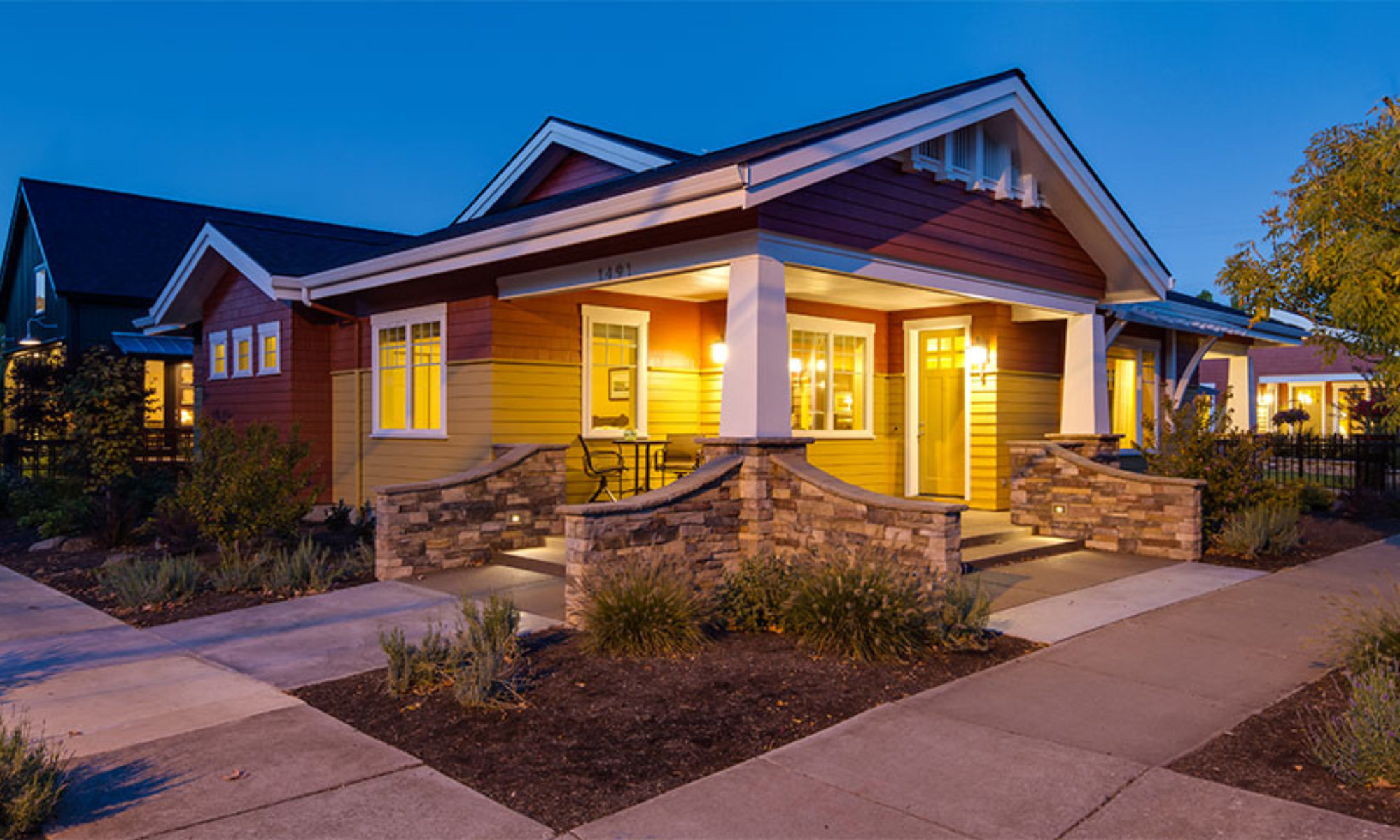
The initial cost of a home is far from the total, real cost. As I mentioned in my previous post, the long-term life-cycle costs account for 85% of the monetary cost of a home; only 15% is that initial cost. A significant portion of that 85% is maintenance and repairs.
I am actually amazed at the number of builders and consumers that don’t really consider the durability and longevity of a product when purchasing a home. There are so many aspects to consider, but I’d like to highlight just two in this post: plaster walls and good paint.
There is a huge difference between drywall and a plaster finish on your walls and ceilings. Drywall is probably 15% to 20% less expensive initially than thinwall plaster. However, thin wall plaster has a number of advantages. It is much more durable. Try the “finger nail” test. Use your finger nail and see if you can dent drywall then see if you can dent plaster. It’s very telling. The ease with which drywall dents should be a good indicator.
Then, the finish you use for the walls, the paint, is every bit as important. Cheap paint may last a year or two or even five. But really good paint can last much much longer. Coupled with the durability of the plaster walls, good paint can last a very long time. Think about that the next time you may be tempted to use a cheap paint, then ask yourself in the whole scheme of things is that extra few hundred dollars (or even less) worth needing to paint more often?
I love to use the example of our last house. We finished the walls with plaster then used a very high quality paint (in 1998, the trim paint was $50 per gallon). We lived in the house until 2014, raised two teenagers and never repainted and it still looked brand new. Yes, 16 years later, the wall finish was still in great shape. It wasn’t even looking like it needed to be repainted.
We did the same plaster and high quality paint in the Lawrence house.
I could go on about things like wood floors in lieu of carpet and vinyl, high quality windows (durability and long-lasting energy efficiency), LED lights (which will last virtually forever) and so on.
Bottom line advice is to look at the long-term efficacy of the product and determine whether or not it will have the durability you desire. Will it reduce (or even eliminate) long term maintenance and what is the length of time you can expect before you have to replace it? That will be the telling factor in how cost-effective a product really is.
Oh, and the picture of the shoes? Those are a pair of $180 shoes I bought in 2005. I still wear them and they still look great.
